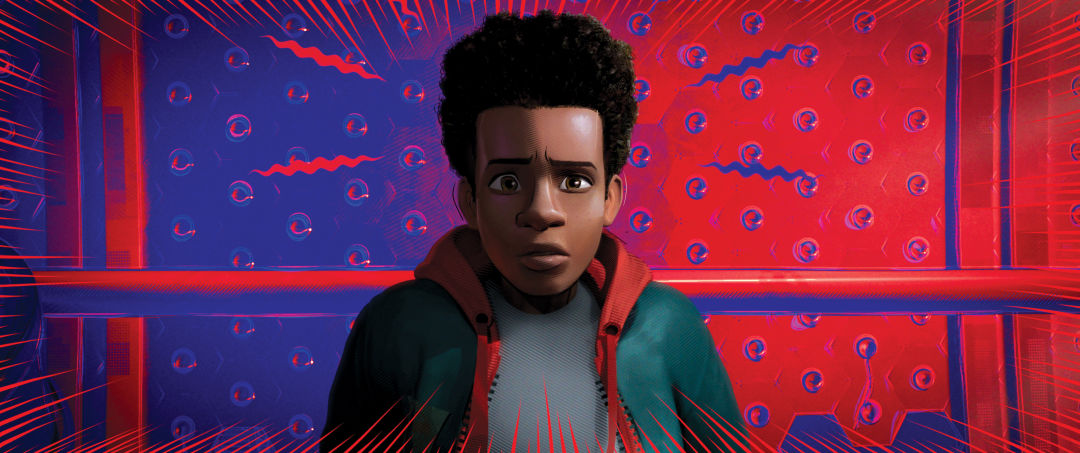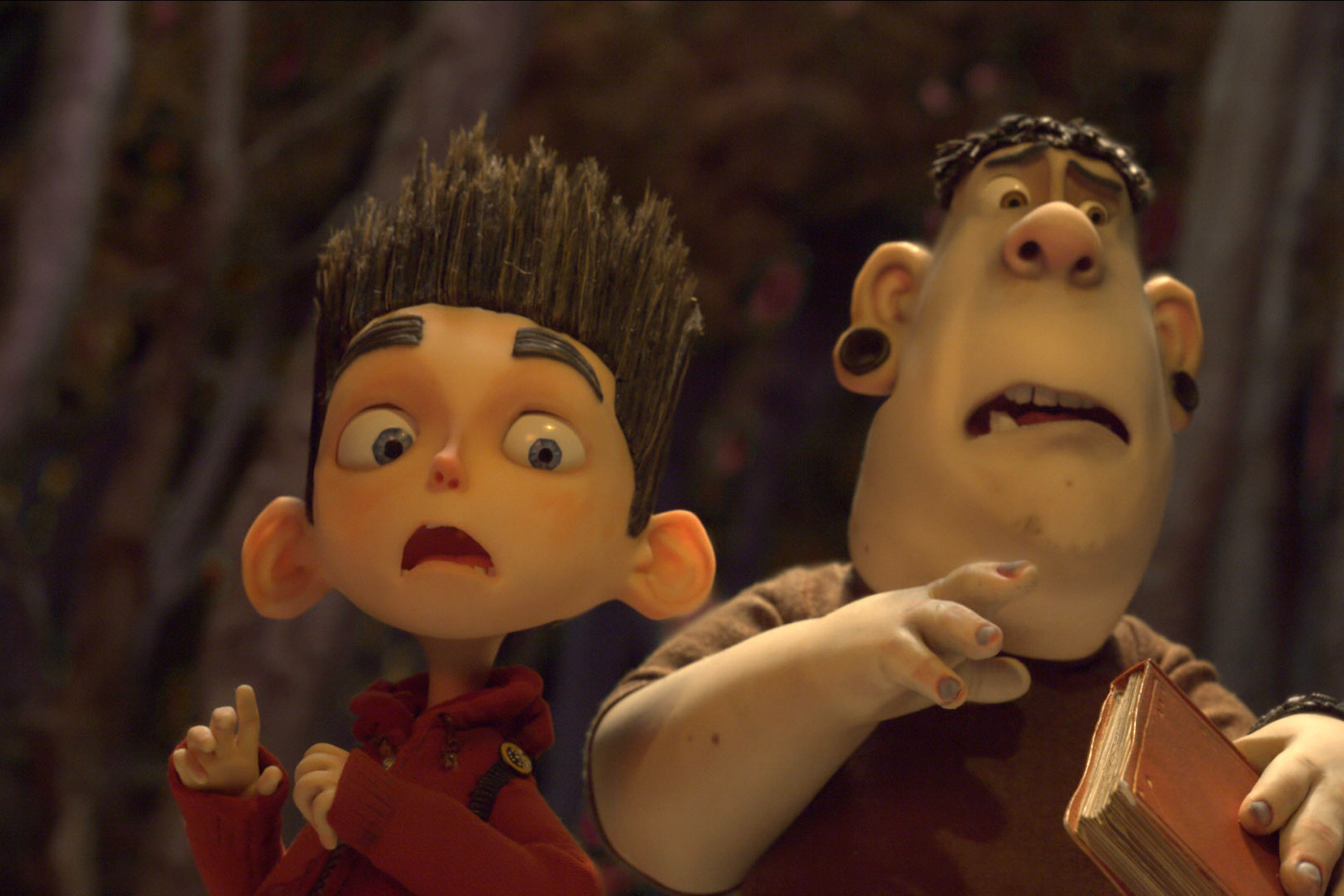Meet Miles Morales, the New, Portland-Born Spider-Man

Miles Morales in Spider-Man: Into the Spider-Verse
Image: Courtesy Sony Pictures
You are probably at least passingly familiar with Peter Parker. By day, he’s a wise-cracking teenage orphan obsessed with Mary Jane or Gwen Stacey depending on the week; by night, he’s Spider-Man, senses a-tingling, power and responsibilities great. That Spidey has gathered more than a few cobwebs in the decades since Stan Lee and Steve Ditko created him in 1962. In fact, there’s a running joke about how many times we’ve had to watch his uncle Ben get murdered in the many, many TV and cinematic reboots. Poor Ben has died nine times onscreen ... so far.
But that’s not the only version of the Spider-Man character. Or even the best one. Enter Miles Gonzalo Morales, an Afro-Puerto Rican teen from Brooklyn, often depicted wearing a hoodie and sneakers over his Spidey suit—and cocreated by a Portlander. In recent years, Miles has come to rival Peter Parker as the definitive Spidey; expect to see his image a lot this winter following the November 12 release of his new video game on the PlayStation 5. To catch you up, we untangled the web of his complicated origin story with a little help from Polygon comics editor Susan Polo.
Early 2000s
Marvel introduces the “Ultimate” series of comics—a wild parallel dimension where anything goes and writers are no longer beholden to the past. Everything written about their many superheroes and villains is considered canon up until this point. Shaking off that 45-year-old burden will turn out to be a landmark moment in Marvel history.
2010
Rapper-actor-comedian Donald Glover launches an online campaign to appear as a Black Spider-Man in The Amazing Spider-Man (2012). Andrew Garfield gets the role instead. But Glover’s campaign will influence ...
2011
... Portland comic writer Brian Michael Bendis and Rome-based artist Sara Pichelli, who give birth to Miles Gonzalo Morales in the fourth issue of Ultimate Fallout. Their origin story: in a parallel dimension on Earth, Green Goblin kills Peter Parker and, through a complicated series of events, Miles develops similar powers and reluctantly takes up the mantle.
2011
Miles’s reception among fans and critics is glowing, but conservative pundits like Glenn Beck are not pleased—which counts as an instant win for many. “Miles represents a really important modernization of Peter Parker from 1962, of the average kid growing up in New York City,” says Polo.
2012 onward
Miles’s success influences other character reinventions: Carol Danvers takes the mantle of Captain Marvel, Sam Wilson becomes the first Black Captain America, Jane Foster becomes Thor. “It’s resulted in a lot of characters that stuck around in a big way and had really good comics made out of them,” says Polo. “They really improved the Marvel universe.”
2015
Miles gets adopted into the main Marvel storyline, meaning he now exists side by side with Peter Parker. There are, after this point, two official Spider-Mans.
2018
Spider-Man: Into the Spider-Verse blows the Miles story into the mainstream, grossing $375 million worldwide. The gorgeous, largely hand-drawn art earned it the Oscar for best animated feature film—a team of 140 animators worked to re-create Pichelli’s original style.
Right now
Miles stars in the PlayStation-exclusive Marvel’s Spider-Man: Miles Morales, the sequel to a hit 2018 game, released on November 12.




